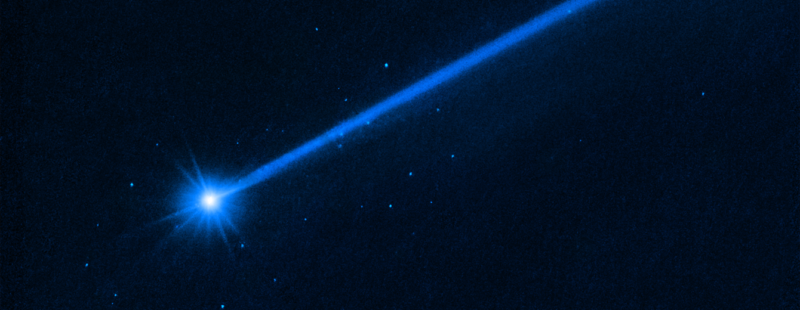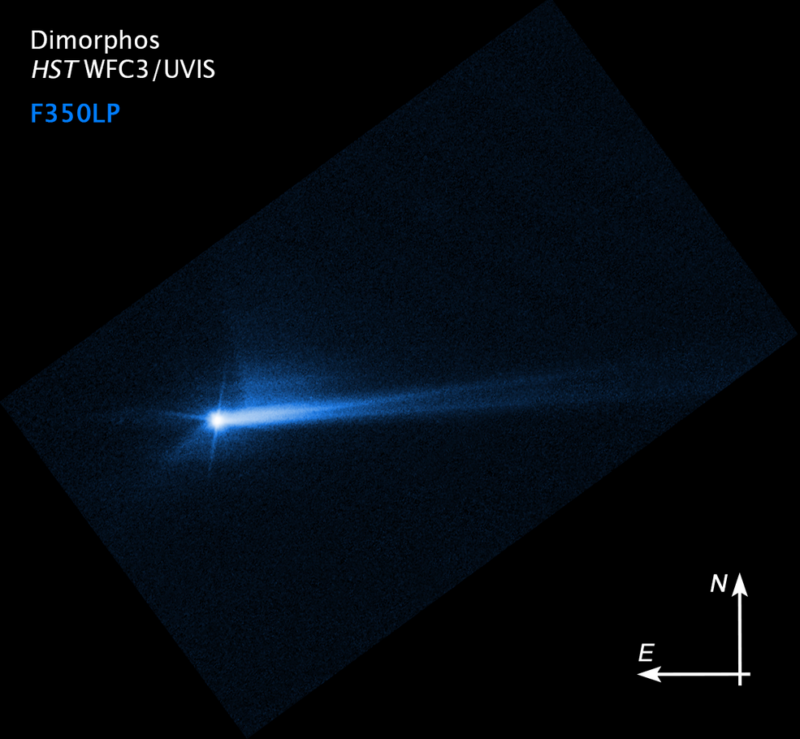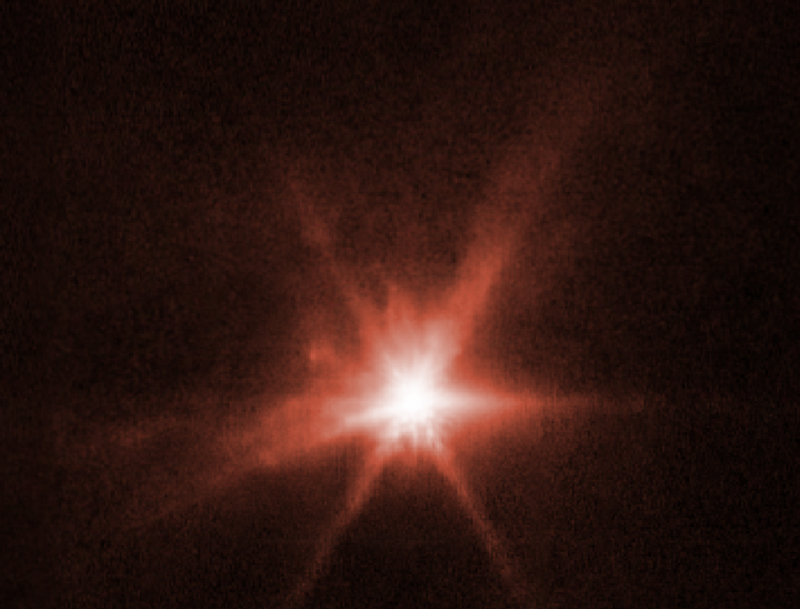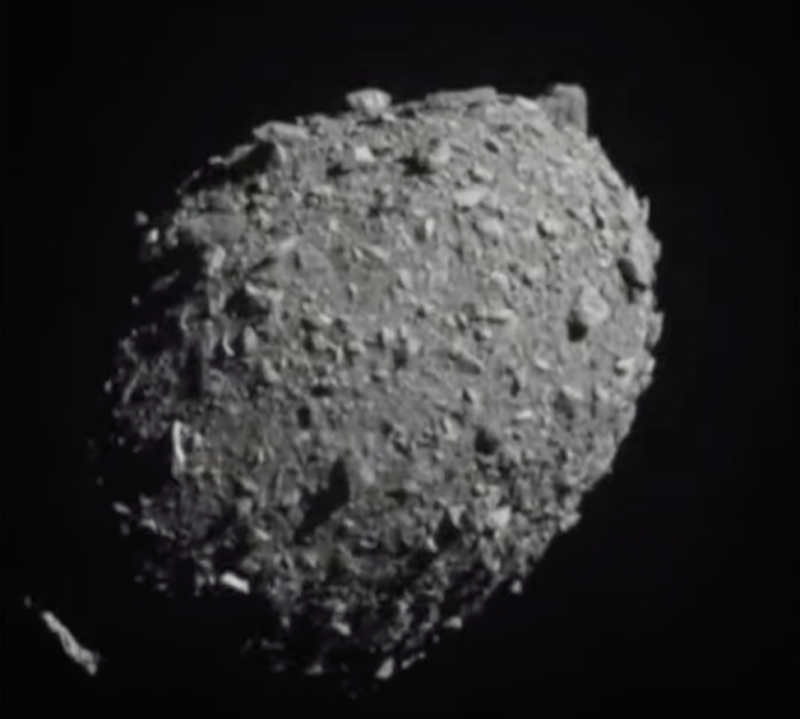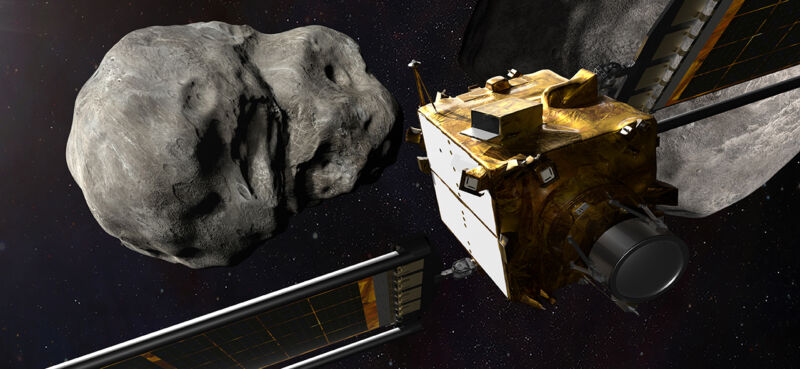
— Article en partenariat avec Ambient IT —
Salut les amis, si vous êtes développeur (ou lead dev), vous voulez peut-être profiter de la période pour ajouter une ou plusieurs cordes à votre arc. Déjà juste parce qu’il faut toujours être curieux et apprendre de nouvelles choses dans la vie (c’est la base avec apprendre à respirer, si si). Et si c’est votre cas, vous pourriez trouver le framework open source Flutter intéressant. Ou, plus simplement, votre entreprise aurait intérêt à vous faire suivre une formation Flutter en interne plutôt que de recruter un nouveau profil.
Ce dernier, créé en 2018 par Google, est plutôt à la mode dernièrement et vous permet de créer des interfaces utilisateur pour applications. L’un de ses avantages est que le code créé est alors compatible directement avec plusieurs plateformes (windows, macOS, Linux, Android, etc.). Pratique et surtout rapide. En plus, vous avez aussi à apprendre à maitriser le langage de programmation Dart, lui aussi développé par Google. Je schématise, mais en gros il s’agit d’une sorte d’alternative à JavaScript souvent utilisé pour créer des applis web, pour l’IoT, etc. Un combo parfait avec Flutter en somme.

Alors attention Ambient IT vous propose une formation de 21h, étalée sur 3 jours, qui est plutôt costaude. Il faut déjà avoir des bases honnêtes en programmation et maitriser au moins un langage orienté objet (C#, Python & co), sinon ce sera un peu complexe. Surtout que la formation est plutôt dense, avec de vraies journées d’apprentissage (7h/jour quand même). Il faut donc être préparé, histoire d’être dans de bonnes conditions les jours J et que vous fassiez cette formation depuis chez vous ou depuis votre lieu de travail.
En matière de logiciels, il faudra avoir installé quelques outils comme Visual Studio Code (et son plugin Flutter Live Preview) ou le SDK Flutter. Ensuite parce qu’un peu de lecture ne vous fera pas de mal, Ambient IT en recommande plusieurs, dont les blogs de
Christian Findlay
et de
Dane Mackier
.
Histoire de vous mettre un peu dans le bain, voilà ce que vous allez apprendre :
-
Introduction à Flutter et Dart
-
Configurer un environnement de dev
-
Utiliser l’éditeur de code et la gestion des versions pour Flutter
-
Apprendre les bases de la programmation avec Dart (syntaxe, concepts de POO)
-
Comprendre les interfaces utilisateur et les widgets intégrés
-
Créer votre propre interface réactive et vos widgets
-
Faire du débogage
-
…etc.
Et ça, ce n’est que pour la première journée ! Je vous laisse imaginer au bout des 3 jours : gestion d’état dans les applications, stockage et partage de données, navigation entre écrans, transitions animées personnalisées, adapter Flutter à toutes les plateformes, notifications Push, ajouts de packages tiers, programmation asynchrone avec Dart, exploration de Firebase… (allez dans l’onglet «
Programme
» pour tout le détail). La liste est plus longue que mes 2 bras placés bout à bout.
Il s’agit d’une formation
basée avant tout sur les exercices pratiques
, vous allez donc mettre les mains dans le cambouis ! Mais au final vous aurez le nécessaire pour créer vos propres applications Flutter et les maintenir dans le temps.
Les cours sont donnés de manière interactive avec un formateur plutôt compétent puisqu’il fait partie d’un groupe d’experts Dart/Flutter et a été le premier, en France, à proposer un site développé en langage Dart. Il évangélise ces 2 technologies depuis plusieurs années maintenant et semble très pédagogique et bon esprit (si j’en crois les retours).
La prochaine session
se déroule du 13 au 15 novembre.
Attention il ne reste déjà plus beaucoup de places !
Comme pas mal de formations chez Ambient IT, celle-ci est éligible par plusieurs dispositifs de financement comme le CPF (
fiche moncompteformation
), l’OPCO, le FAF pour les freelances, ou encore l’AIF et l’ARE avec pôle emploi. N’hésitez pas à en profiter ! En plus, si vous terminez avec succès cette formation de qualité, vous recevrez un beau certificat enregistré chez France Compétences. La classe à Dallas.
Des exemples d’applications Flutter ? PUBG Mobile, Crédit Agricole, Google Classroom, Google Pay, eBay ou encore le jeu 4 Pics 1 Word … il y en a pour tous les goûts.
Cela vous donnera peut-être même envie de devenir un véritable spécialiste Flutter et pourquoi pas de passer leur autre formation sur le sujet :
Flutter Avancé
.
Avec toujours un bonus de Tonton Korben rien que pour vous si vous vous inscrivez à la session du 13 au 15 novembre 2023. Ambient IT vous proposera 300 € de réduction
pour toute inscription en CPF
si vous mentionnez « Korben » au moment où ils vous appelleront (
Offre soumise à condition d’achat et non cumulable avec d’autres promotions ou réductions en cours
).
 chevron_right
chevron_right






